Launching a business is hard to do, and ensuring its longevity is even harder. From those sunk by corporate scandals to those who didn’t change with the times, on the following pages are some of the most famous companies that very publicly collapsed. Click ahead for more.
Blockbuster
Blockbuster was a home movie and video game rental business which operated through video rental stores and eventually moved into online DVD-by-mail and streaming services. However, the company got caught up in internal feuds when CEO John Antioco, who was keen to promote subscription-based rental and streaming, was fired and the services were scaled back.
As we know from the later success of streaming services like Netflix, that was a huge error. Blockbuster filed for bankruptcy in the U.S. in 2010, and it all came down to the company’s refusal to change with the times.
Kodak
In 1975, Kodak’s digital camera release was the first of its kind. Following this accolade, engineer Steven Sasson co-created the first modern DSLR camera in 1989. Unfortunately, as the world of photography moved toward online photo sharing, Kodak continued to focus on photo printing.
In 2012, Kodak went bankrupt. Just a matter of months before, Facebook bought Instagram for $1 billion. Sometimes it pays to keep up with the times.
DeLorean Motor Co.
 Former GM executive John DeLorean founded the auto manufacturer in 1975. With millions of dollars in funding from the British government, he built a factory in Northern Ireland and rolled the first cars off the assembly line in 1981.
Former GM executive John DeLorean founded the auto manufacturer in 1975. With millions of dollars in funding from the British government, he built a factory in Northern Ireland and rolled the first cars off the assembly line in 1981.
Unfortunately, fewer than 9,000 of the iconic gull-wing cars (the “Back to the Future” car) were produced before the company shut down in 1982, following DeLorean’s arrest on trafficking charges, of which he was later acquitted.
Pan American World Airways (Pan Am)
From 1927 until its collapse in 1991, Pan Am was the largest international air carrier in the US, and was praised for innovations including the use of jet aircrafts and computerized reservation systems.
There are many reasons why Pan Am collapsed. The 1988 bomb on a flight from London to New York, which killed all 259 people on board, was perhaps one of the most significant. This led to bookings dropping.
Fuel costs were also increasing and eating into profits. The final straw was the deepening recession which caused many airlines to suffer. With money running out and public confidence low, Pan Am had no choice but to cease operations.
Eastern Airlines
The ’90s wasn’t a wonderful decade for U.S. airlines. Eastern began life as a mail carrier for the Postal Service in the mid-1920s, but by the 1950s dominated domestic travel along the profitable East Coast corridor. Known as one of the “Big Four,” the airline thrived through to the 1970s, but following the Air Transportation Deregulation Act of 1978, the company was pushed into a downward spiral.
The act introduced a free market in the commercial airline industry, removing federal government control over fares, market entry of new airlines and routes. By 1989 the company was forced into bankruptcy – the largest airline bankruptcy in U.S. history at the time – and $50 million was set up to reimburse customers. By 1991 the airline was grounded for good.
Enron
From dazzling heights to dizzying collapse, energy company Enron Corp. saw it all. At the time of its demise, Enron was one of America’s largest corporations, and its closure affected the lives of 22,000 employees.
It seems hard to believe the company fell from grace so soon after making $111 billion in revenues in 2000. At its peak, Enron’s shares were worth $90.75, but after the company declared bankruptcy in 2001, shares dropped to just $0.67 in 2002, when Enron’s accounting fraud came to light. Enron is now only remembered as a symbol of corporate corruption and fraud.
Woolworth’s
Woolworth’s is a story of rags to riches to rags. The mass market retailer, founded in 1879, established many retails standards still used today. Encouraging customers to enter stores even if they were just browsing, supplier partnerships, loss-leading and strict, consistent branding all originated at Woolworth’s.
Woolworth’s five-and-dimes store was the principal model in the U.S. As shopping malls started to grow, the franchise acquired land and expanded as quickly as possible, but eventually this proved its undoing.
In the first quarter of 1997, the chain suffered operating losses of $24 million, compared to a loss of $37 million for all of 1996. Unable to turn the business around after such a fall, Woolworth’s announced in July 1997 it would close more than 400 five-and-dime stores in the U.S., with 9,200 jobs lost and a $223 million charge for discontinued operations.
In 2001, the original parent company changed its name to Foot Locker, at the time its leading brand, which is now the largest athletic shoe company in the world with more than 3,000 stores. Despite being sold off, the UK arm of the Woolworth empire also finally went under in 2009.
WorldCom
Once upon a time, WorldCom was the second biggest long-distance phone company in the U.S.
However, company founder and CEO Bernie Ebbers (pictured), along with other officials within the company, under-reported line costs by capitalizing rather than expensing, and inflated the company’s assets by $11 billion through fake accounting entries. This led to the loss of 30,000 jobs and $180 billion in losses for investors.
But how was the scheme unraveled? WorldCom’s internal auditing department uncovered $3.8 billion in fraud improperly recorded on the books from 1999 to the first quarter of 2002. The company filed for Chapter 11 bankruptcy protection. It emerged as MCI, one of the companies it had bought, and minus the tainted WorldCom name.
Lehman Brothers
Once the fourth-largest investment bank in the U.S., Lehman Brothers specialized in fixed-income sales and trading, business in investment banking, equity, investment management, private equity and private banking. Lehman was operational for 158 years from 1850.
Between 2003 and 2004 Lehman acquired three mortgage lenders including so-called subprime and Alt A lenders. In the years following, the company noted record profits from real estate, but trouble brewed in February 2007 when defaults on subprime mortgages rose to a seven-year high.
In 2008, the firm filed for Chapter 11 bankruptcy following a major loss of clients, dramatic stock losses and devaluation of assets by credit rating agencies. This was all due to Lehman’s involvement in the subprime mortgage crisis, supposed negligence and excessive risk taking.
Lehman Brothers had survived several financial crises but the US housing market collapse proved too much for the company. As a result, the company’s North American investment banking and trading businesses and NYC headquarters were sold to British bank Barclays.


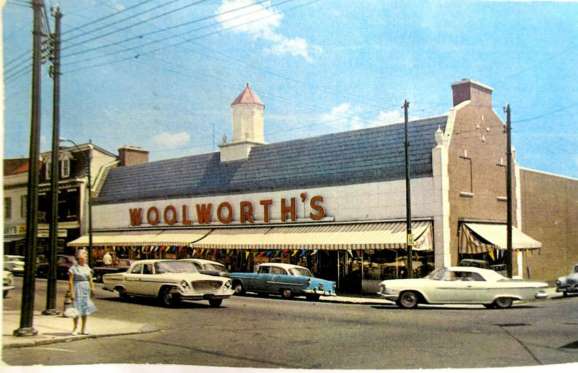



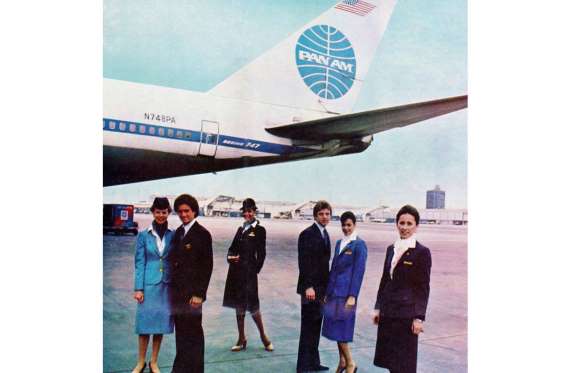

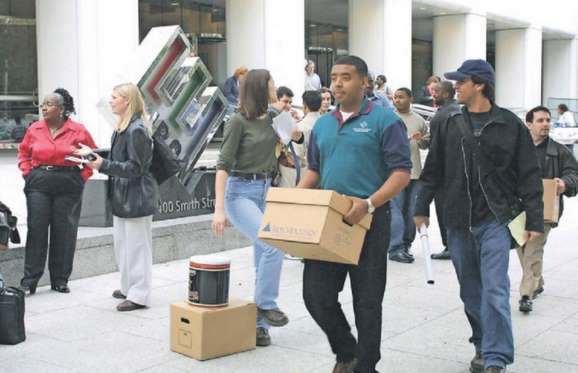

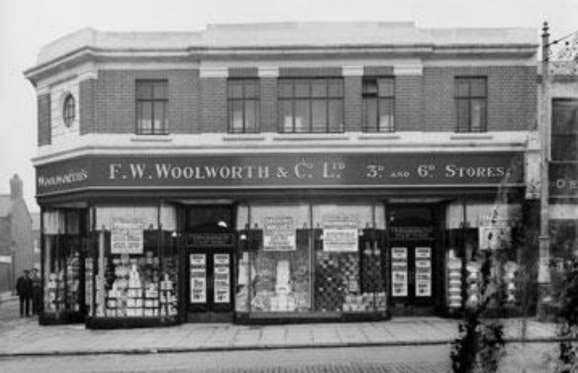
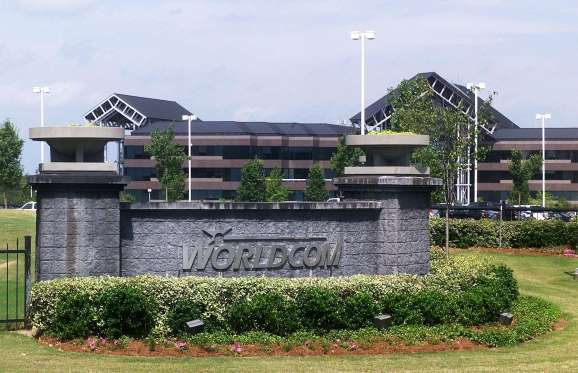
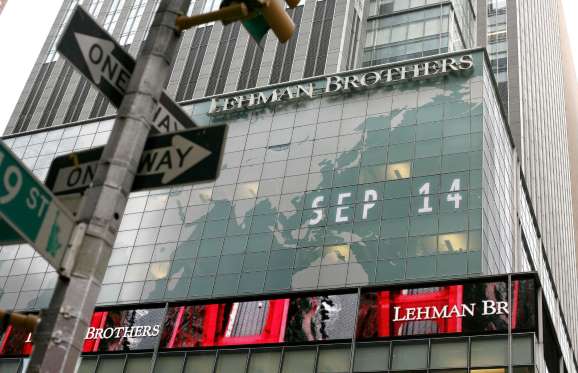




GIPHY App Key not set. Please check settings